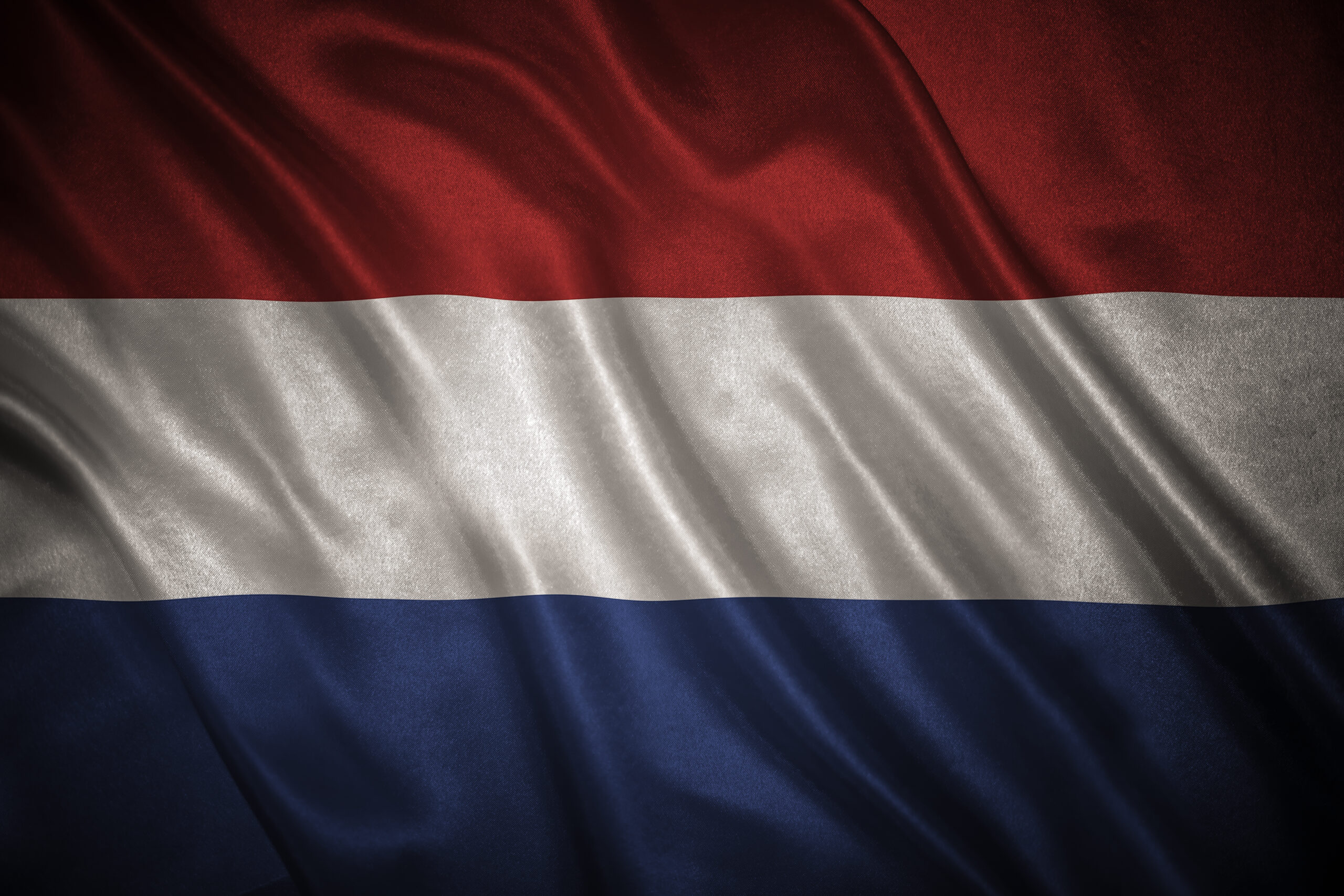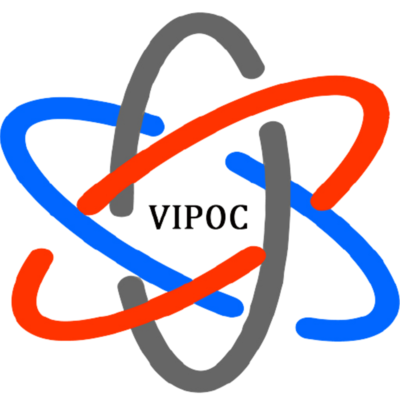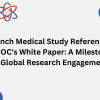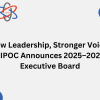
50 attendees – 20 nations
20 leaders of vitiligo organizations from all over the world, close to 20 researchers and doctors, 6 representatives
of the pharma industries, 1 photographer, all together over 50 persons attended this event, some on-line, others
face-to-face, for 3 days.20 nations were present during Amsterdam VIPOC Conference 2022
The 3rd VIPOC Conference was held in AMSTERDAM (The Netherlands) from the 21st to the 23rd of
April 2022, and perfectly well organized by our friends Ed, Leo and Paul, and all the team from Vitiligo.nl,
the Dutch vitiligo Patient Association. Many thanks to all of them.
PATIENT’S DAY- THURSDAY, APRIL 21ST
A morning devoted to the activities and projects of each association: in spite of the sanitary situation of the last two years, it is important to note their perseverance in helping their members and maintaining their activities.
Many awareness and advocacy actions took place to reinforce patient support and link with public authorities around the world.
During two hours, patient organizations spoke about their initiatives to share best practices and to give others inspiration for the future. Live and online, this was a very interesting session.





You will find at the end of the newsletter the alphabetic organizations attendee list and sorted out per countries
WHY TO BUILD VITILIGO STRATEGY AND ADVOCACY FOCUS? ROUND TABLE

Yan Valle – Jean-Marie Meurant – Richard Huggins
Dr Huggins (Global Vitiligo Foundation – USA), Jean-Marie Meurant VIPOC) and Yan Valle (Vitiligo Research Foundation USA) introduced the following workshops, organized around this triangle: patients, research and pharmaceutical industries, together in the search of cure and care for vitiligo patients.
From his doctor’s point of view, Dr Huggins, underlined the importance of the emotional aspect of the disease and its impact on the daily life, which
is too often unknown or minimize by doctors and researchers. Yan Valle explained with an interesting map, the patient journey and difficulties faced by patient and their families, and Jean-Marie Meurant recalled the importance of this necessary triangular partnership patients/research/pharmaceutical industries to get efficient treatments as well with local and regional health authorities to get sufficient reimbursement of vitiligo dedicated medicaments.
WORKSHOP SESSIONS




Many priorities emerged from the 3 workshops (USA-UK, Europe, Africa online):
-
- Awareness, training of GP doctors, strengthen collaboration between vitiligo international organizations, access to clinical trials results or surveys in which the associations took part, maximize testimonies about the impact of the disease on quality of life to enrich research data, more studies on psychological burden, more concerns about children and youth (bullying, isolation..), more advocacy towards health authorities.
- These topics will be on the table of the new board to build the strategy for the next years.
- In the afternoon, a very interesting presentation “Patient engagement at the European Medicines Agency” of the EMA (European Medicine Agency) by Maria Marvis – Patients and Consumers Liaison: many questions about marketing authorization for drugs and generics, national or European level for agreement, relation FDA-EMA, conflict of interest and transparency, importance of the patients within EMA, price of the drugs, etc.…
VITAL Project (Vitiligo International Task Force for an Agreed List of core date)
Pr Nanja Van Geel explained online the “Vital Project” aimed to standardize the assessment and monitoring of vitiligo patients in clinical trials, registries and clinical practice All participants, if volunteers to be members of the patients focus group, were invited to fill up the first questionnaire (what to measure, how, when, have more data about accepting or not a new drug, social impact …). More live/virtual meetings or electronics procedures (emails, surveys) will follow. Overall length of this study will be approximatively 5 years

ANNUAL GENERAL MEETING
President’s report as Treasurer’s report were unanimously agreed.
Vipoc’s Annual General Meeting closed the day with
the election of 9 new members;
From left to right Jean-Marie Meurant (France), Maya
Tulpule (India), Georg Pliszewski (Germany), Jackie
Gardner (USA), Nicolle Maquignon (France),
Stephen Taylor (USA), Sharon King (USA), Catherine
Davidson (UK), missing Gaone Matewa(South Africa)
SCIENTIFIC DAY – FRIDAY APRIL 22ND
This special day was led online, by Pr Nanja Van Geel. Nearly 20 leading vitiligo specialists from around the world presented –online or face-to-face- their recent works or studies on the different existing treatments: surgery, phototherapy, systemic treatment, oral and topical therapies, dietary supplements, and vitamins….with a special session on the new ones coming up (Jaks, Ruxolitinib).




Presentations were recorded with the institutional support of Pierre Fabre and will be posted at www.vipoc.org. This will allow each conference participant and all others not able to join the conference to have access to information and updated knowledge on vitiligo.
These presentations raised many questions from participating members and the exchanges were fruitful and constructive, both for the patient leaders and for the researchers. For example vitiligo and hair and scalp, side effects of Ruxolinitib, re-depigmentation after re-pigmentation, memory of the skin, cultural and social impact of total depigmentation, phototherapy and individual lamp, long-term treatment, more diversity for participants in clinical trials…
Highlight of the day, the session around the Guidelines, being written by the Vitiligo Task Force, (coordinated by the Professors Nanja Van Geel and Julien Seneschal)
Led by Pr Van Geel, with the collaboration of Pr Seneschal and Dr Wolkerstorfer, the audience responded with interest to the questions, some on sensitive topics as the length of the treatment, when and how to measure the results, or having “no treatment” as an option, included in the text or in the algorithm. This last topic has generated a lot of comments, to finally reach a consensus (“no treatment” will appear only in the text).
Patient organizations did ask to have a copy-free abstract of new vitiligo guidelines as a communication tool for patients and health professionals and to have a chapter to explain the role of support groups and patient organizations, needs of camouflage, and psychological prescriptions, etc.
SCIENTIFIC DAY – FRIDAY APRIL 22ND
Presentations were recorded with the institutional support of Pierre Fabre and will be posted at www.vipoc.org. This will allow each conference participant and all others not able to join the conference to have access to information and updated knowledge on vitiligo.
These presentations raised many questions from participating members and the exchanges were fruitful and constructive, both for the patient leaders and for the researchers. For example vitiligo and hair and scalp, side effects of Ruxolinitib, re-depigmentation after re-pigmentation, memory of the skin, cultural and social impact of total depigmentation, phototherapy and individual lamp, long-term treatment, more diversity for participants in clinical trials…
Highlight of the day, the session around the Guidelines, being written by the Vitiligo Task Force, (coordinated by the Professors Nanja Van Geel and Julien Seneschal)
Led by Pr Van Geel, with the collaboration of Pr Seneschal and Dr Wolkerstorfer, the audience responded with interest to the questions, some on sensitive topics as the length of the treatment, when and how to measure the results, or having “no treatment” as an option, included in the text or in the algorithm. This last topic has generated a lot of comments, to finally reach a consensus (“no treatment” will appear only in the text).
Patient organizations did ask to have a copy-free abstract of new vitiligo guidelines as a communication tool for patients and health professionals and to have a chapter to explain the role of support groups and patient organizations, needs of camouflage, and psychological prescriptions, etc.
This special day was led online, by Pr Nanja Van Geel. Nearly 20 leading vitiligo specialists from around the world presented –online or face-to-face- their recent works or studies on the different existing treatments: surgery, phototherapy, systemic treatment, oral and topical therapies, dietary supplements, and vitamins….with a special session on the new ones coming up (Jaks, Ruxolitinib).


TWO YEAR STRATEGIC PLAN
Yes, we can say that conference was a success, we have taken a big step together, and now we have to continue on our way, and work on these issues that remain sensitive and important for our patient community.
VIPOC in the world
- develop regional meetings, once a year (Europe, Africa, America and South-America)
- celebrate World Vitiligo Day together on the same theme
- reinforce our European actions and enhance our network
- get in contact with South-American and other Asian organizations
- help to create new patient organizations
- participate in EADV, AAD, VIS congresses
VIPOC and the medical field
- centralize the studies on Quality of life and others
- focus on children and family circle
- highlight the psychological and emotional criteria
- Guidelines: importance of the section “Others interventions” for the patients, to be discussed with the editors studies on alternatives medicine
- think about having an Ethic CommitteeVIPOC operation and conference organization
- develop our communication tools and look for people having real competency in IT, social medias, graphics, digital etc..
- provide a retro-planning and precise script for the different actions
- send electronic survey to the participants to evaluate the Conference
- review the organization of lunches and diners
The objectives of the 2022 Conference, on a worldwide basis, are to:
- Share local, regional awareness initiatives and best practices;
- Improve role/place of patient organizations in study and medical processes;
- Increase the understanding of new vitiligo physiopathology passes;
- Develop support and interactions with researchers and dermatologists;
- Get updated information regarding vitiligo clinical trials and results;
- Build advocacy actions and roles for the coming years.






